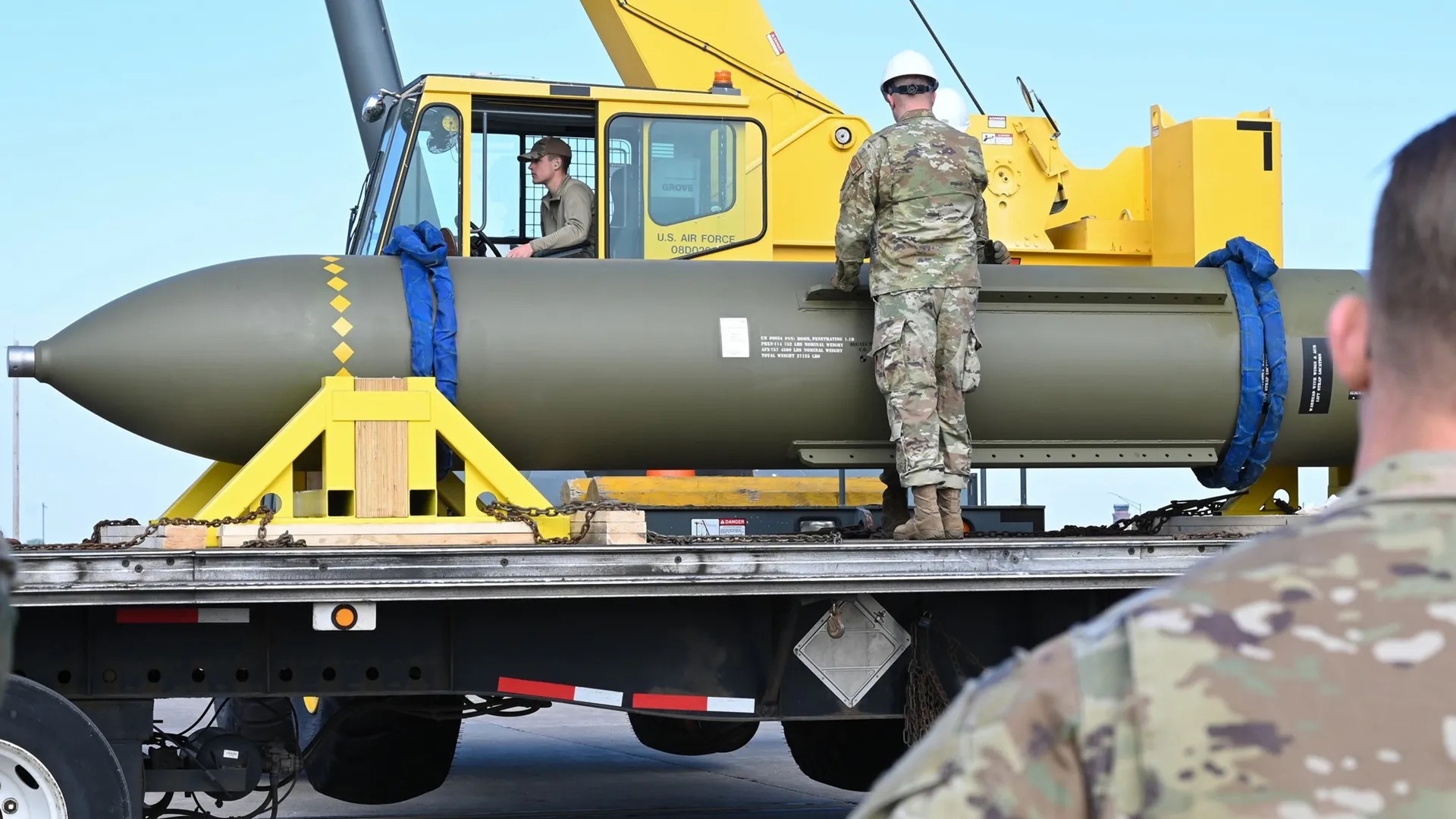
If the US gets involved in the escalating conflict between Israel and Iran, Washington's top goal could be to destroy Tehran's underground nuclear facilities where nuclear material is enriched.
If deployed, this mission would be assigned to US Air Force strategic bombers capable of carrying a giant and precise bomb called the GBU-57, also known by the nickname Massive Ordnance Penetrator (MOP) or bunker buster.
Special American bomb
The name says it all. MOP is designed to penetrate hardened targets deep underground such as bunkers or tunnels.
With its enormous weight, special steel alloy structure and precise GPS guidance, the MOP can penetrate deep into the ground before exploding, instead of exploding on the ground like a conventional bomb. This bomb can destroy targets that conventional weapons cannot reach.
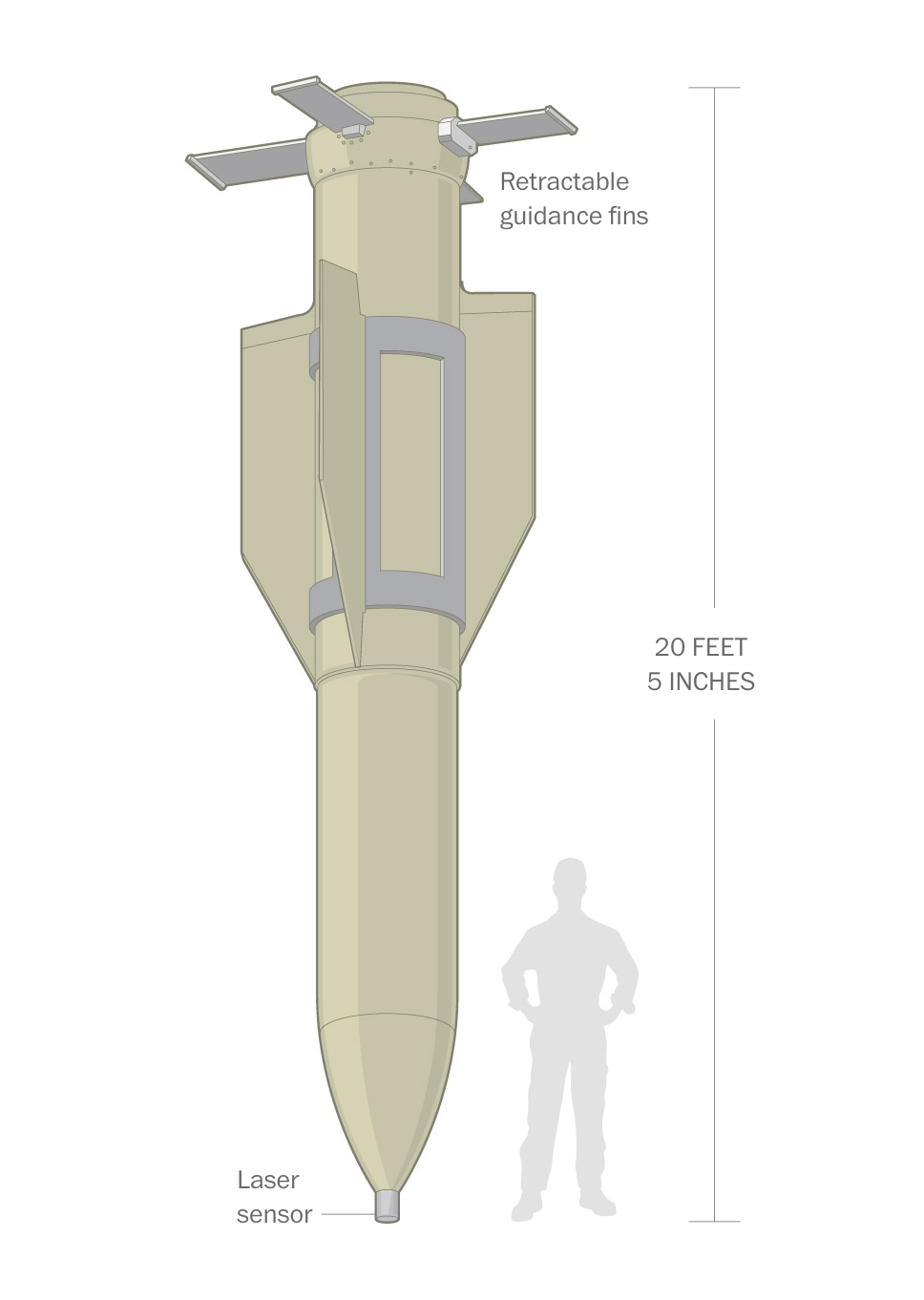 |
Illustration of GBU-57 munitions. Photo: The Washington Post . |
ABC News 's US military source said the bomb has never been used in combat, and is specifically designed for use against heavily defended targets deep underground in Iran and North Korea, and is not normally needed.
Defense officials say the bomb can penetrate as deep as 60 meters, but the actual number may be higher due to improvements over the past 20 years, according to Trevor Ball, a former U.S. Army explosive ordnance disposal expert.
Although Israel uses many US-supplied weapons in its airstrikes, its fighter jets cannot carry the massive bomb. Currently, only the US B-2 Spirit stealth bomber is capable of deploying the MOP, according to the US Air Force.
The US currently has 19 B-2s in service. Despite flying at subsonic speeds, the B-2 can refuel in mid-air, allowing it to fly long distances. It would take about 15 hours for the plane to fly from its base in Missouri to Iran.
The Air Force is also testing an improved MOP that can hit underground targets even without adequate intelligence. One unique feature is a smart fuse that can “sense” voids like rooms or floors as it penetrates underground and detonate at the optimal time, according to Ball.
This capability would be important if the same target needed to be hit multiple times deep underground, but it is unclear whether the technology has yet been put to practical use.
Potential target in Iran?
Fordow, a nuclear enrichment facility in the desert southwest of Tehran, is Iran’s deepest underground facility. Fordow is completely underground, carved into the side of a mountain with thick walls and blast-proof doors. Some of the tunnels are protected by up to 100 meters of rock, The Washington Post reported in 2012.
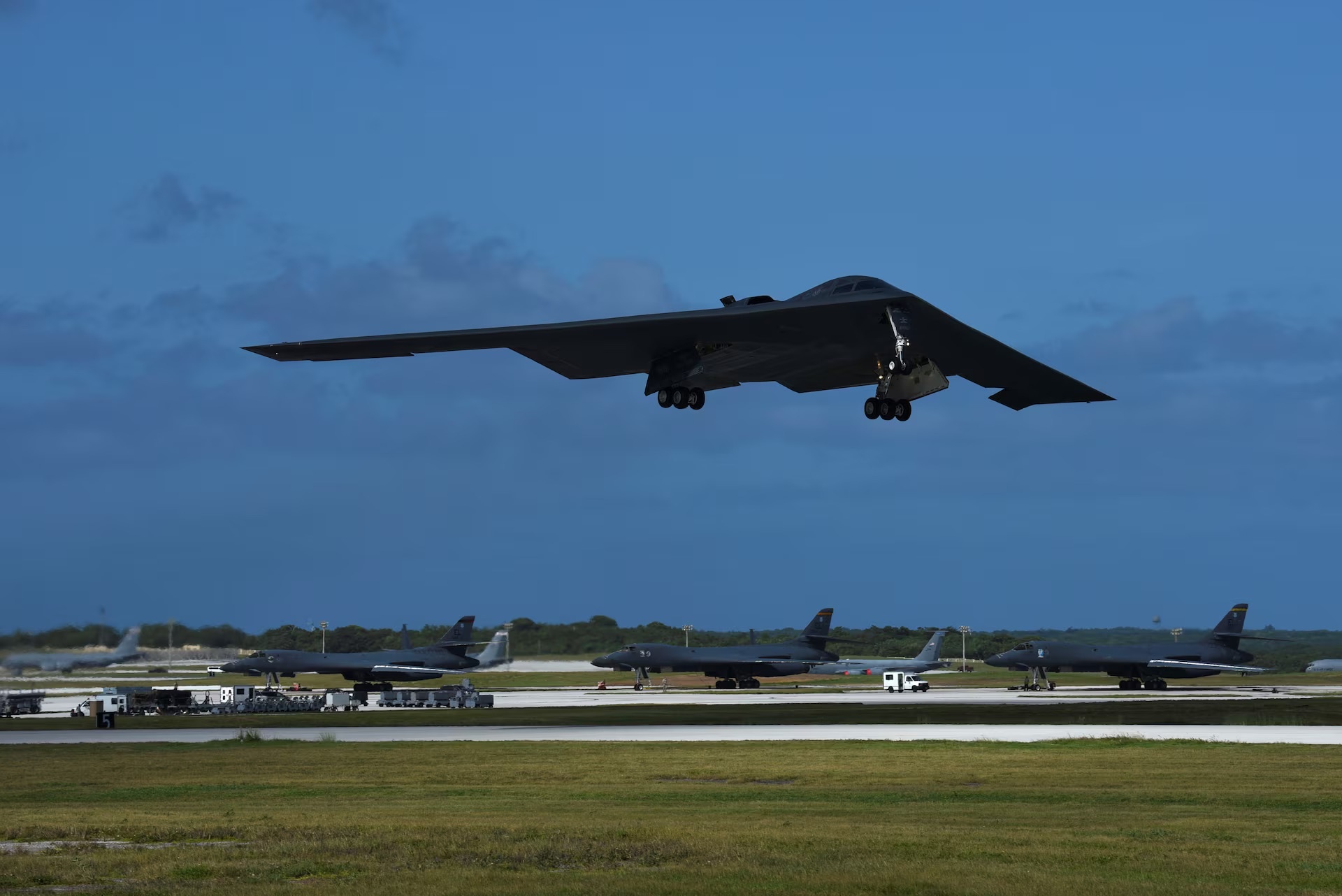 |
B-2 Spirit takes off from Andersen Air Force Base, Guam. Photo: Reuters . |
In theory, Fordow only enriched uranium to 20%, but a report by the International Atomic Energy Agency (IAEA) on May 31 showed that Iran had sharply increased its production of enriched uranium to 60%, close to the 90% level needed to make nuclear weapons.
But experts warn that even destroying the centrifuges enriching uranium at Fordow would not guarantee the end of Iran’s nuclear program. There may be other facilities or nuclear fuel stocks that the United Nations is not aware of, according to Richard Nephew, former chief US nuclear negotiator under President Obama.
“If Fordow disappeared tomorrow, there would still be a lot of concerns,” Nephew said.
Source: https://znews.vn/qua-bom-cua-my-co-the-dam-sau-60-met-pha-huy-cac-co-so-hat-nhan-post1561779.html


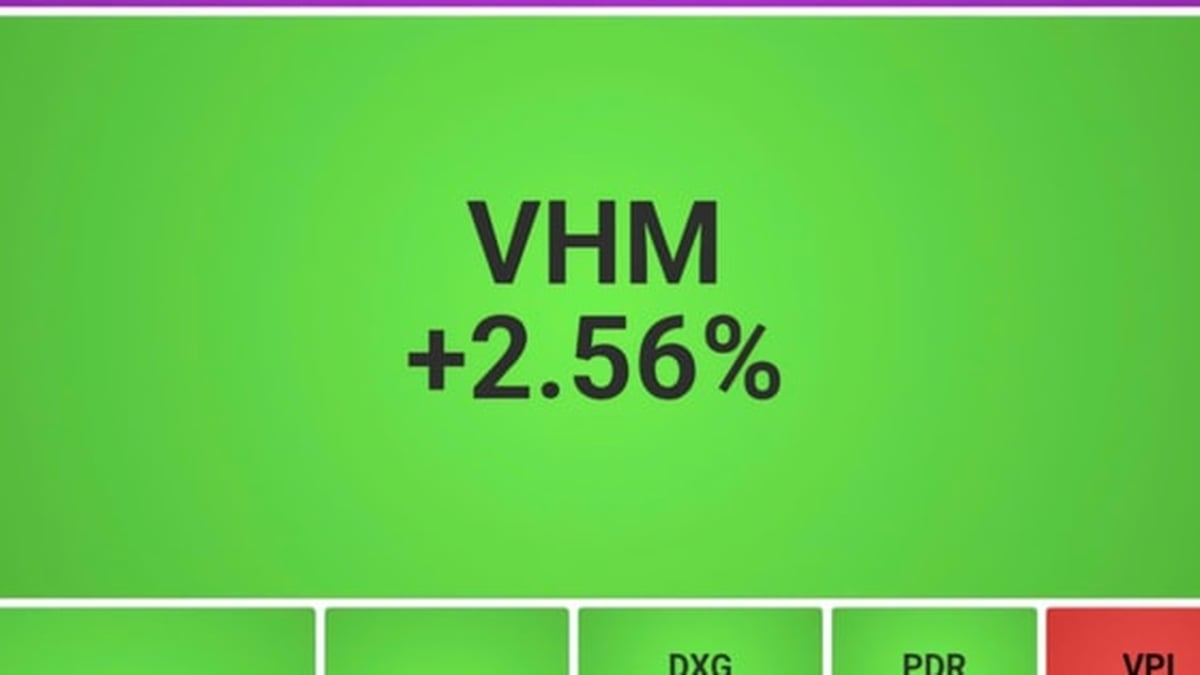

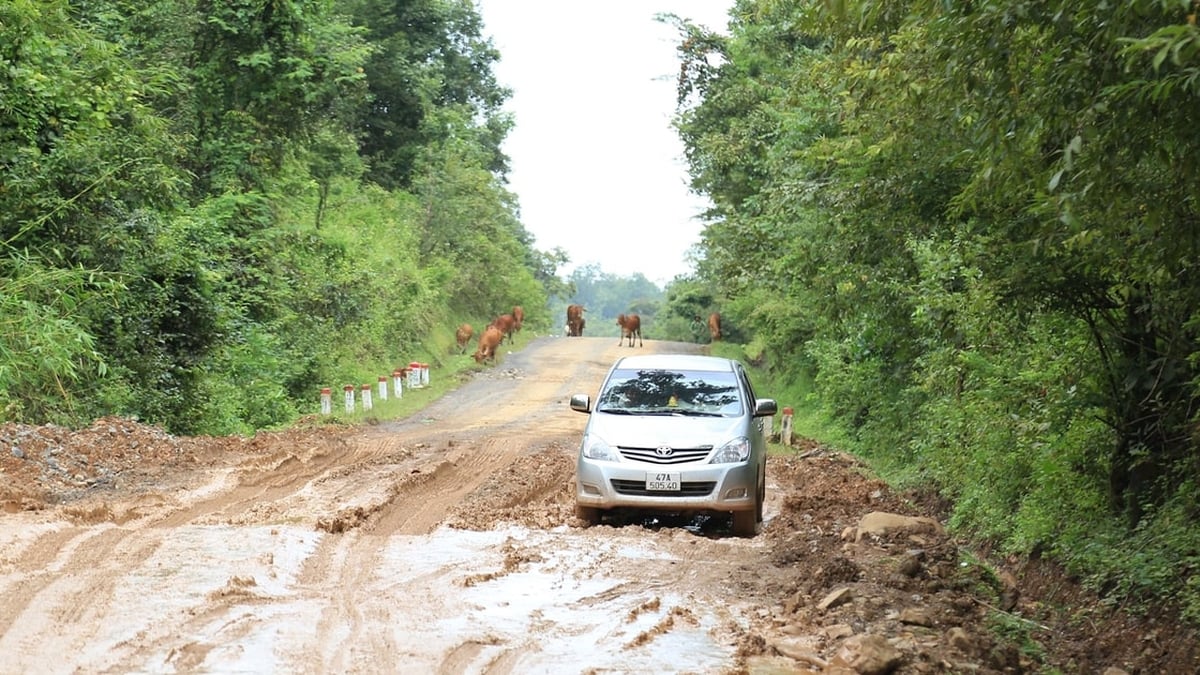


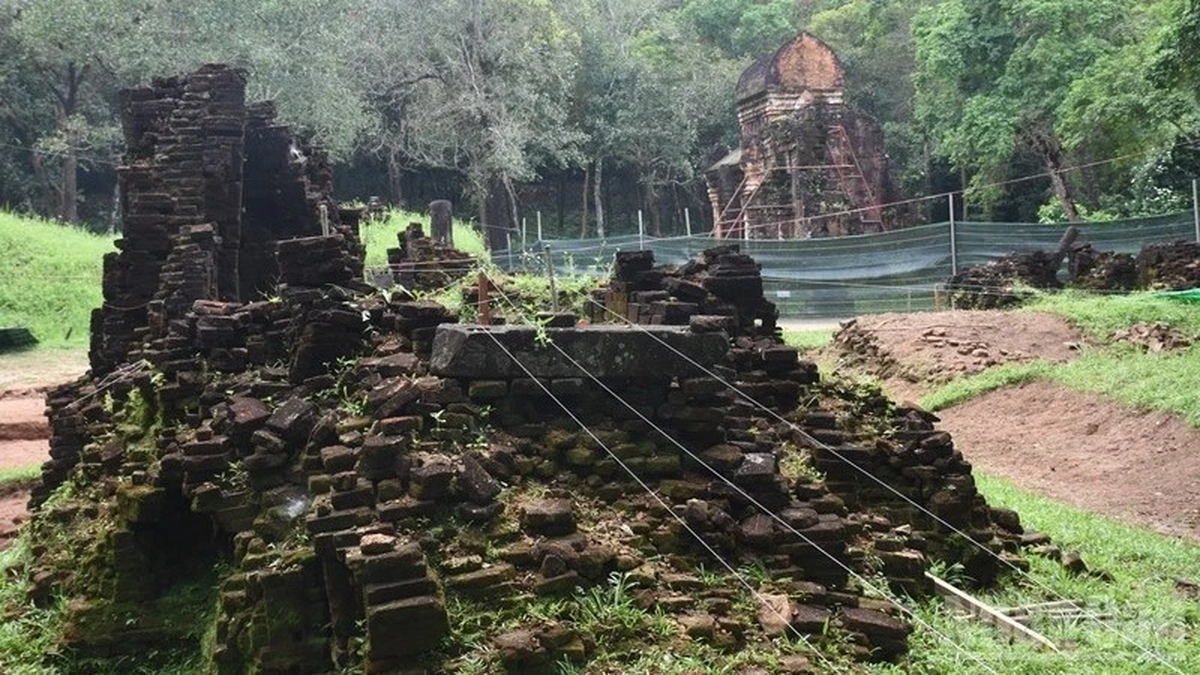
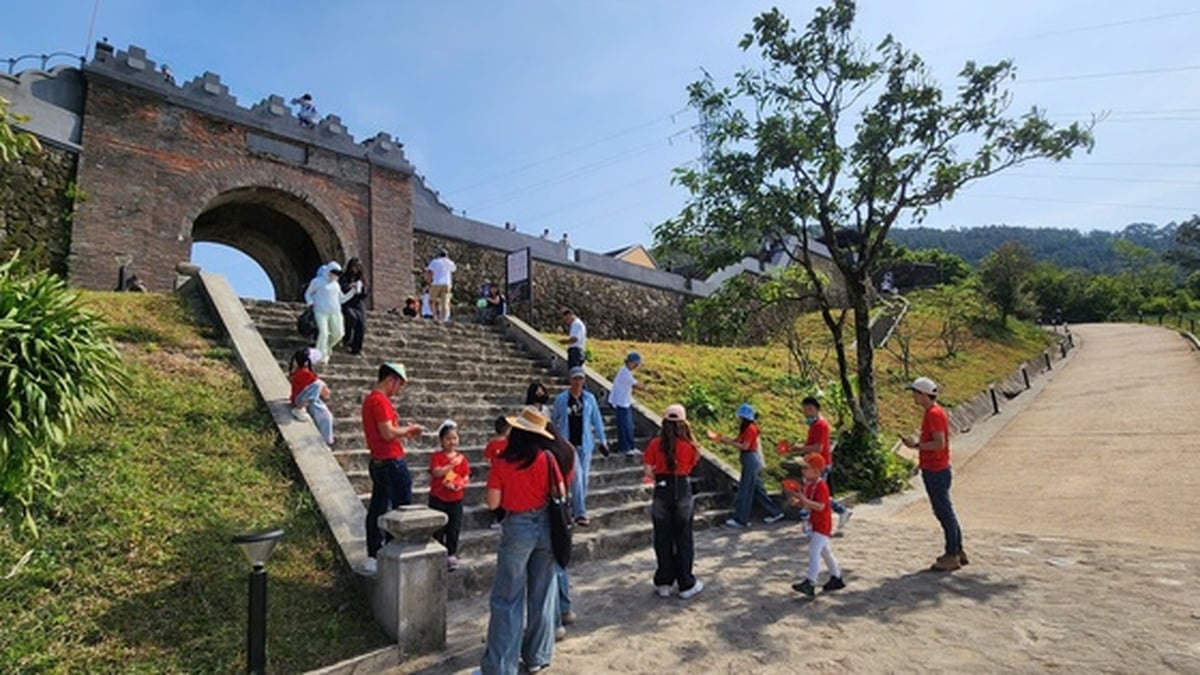


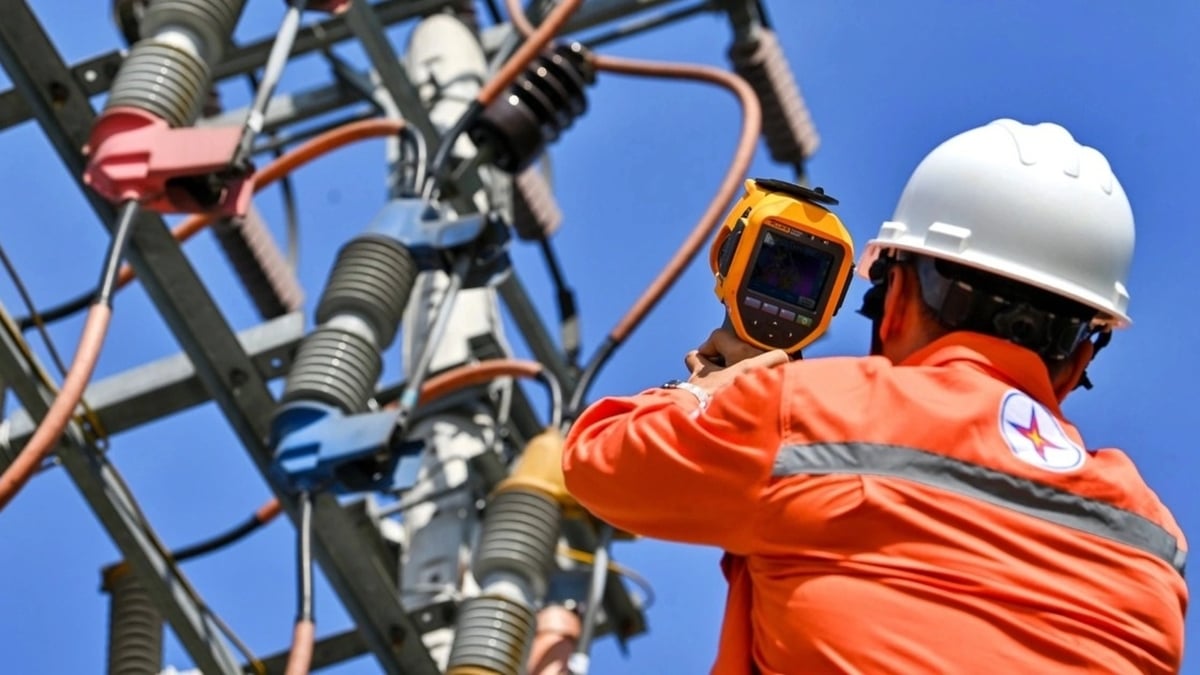










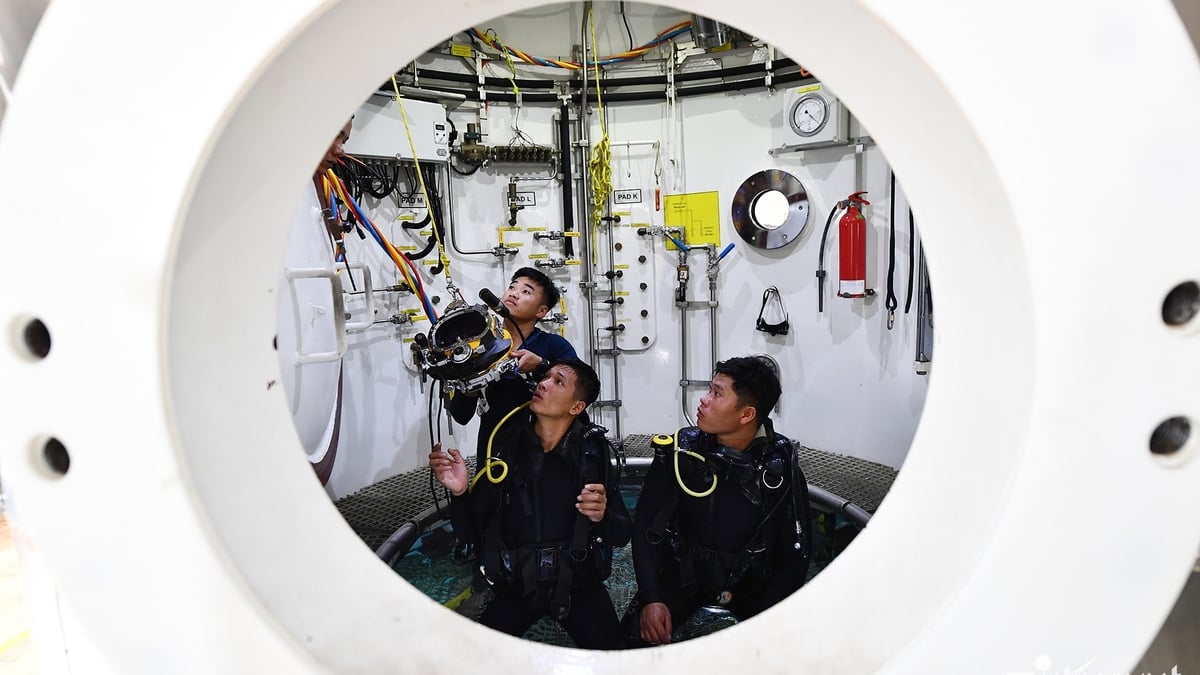




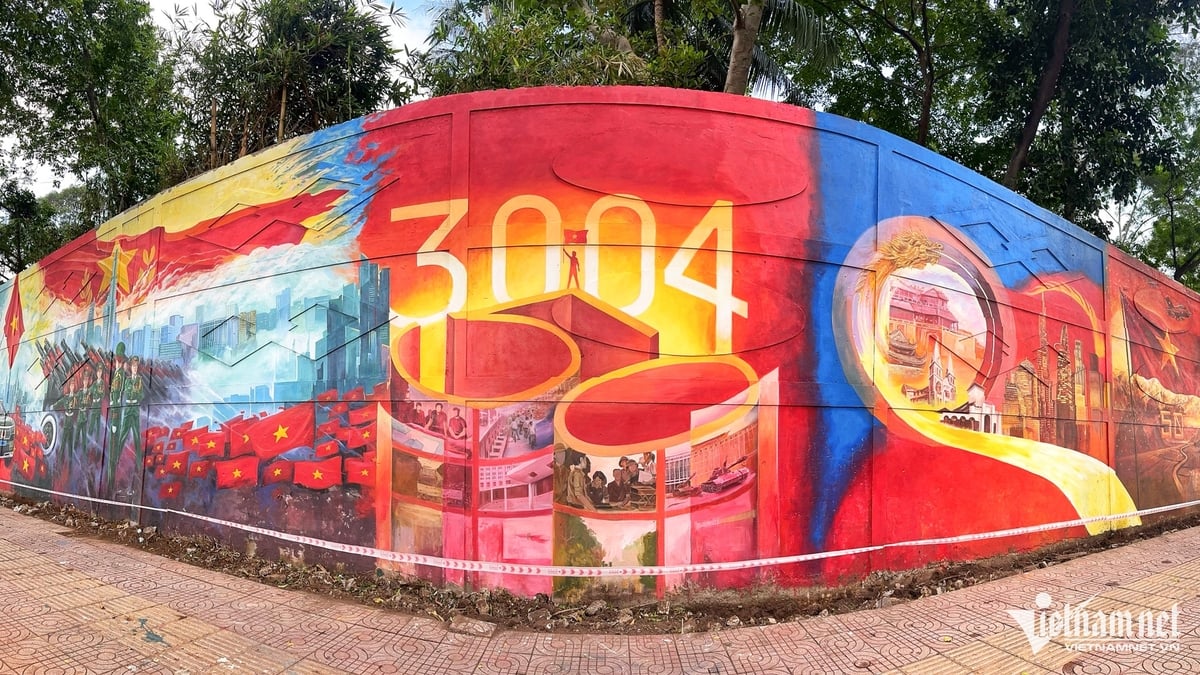
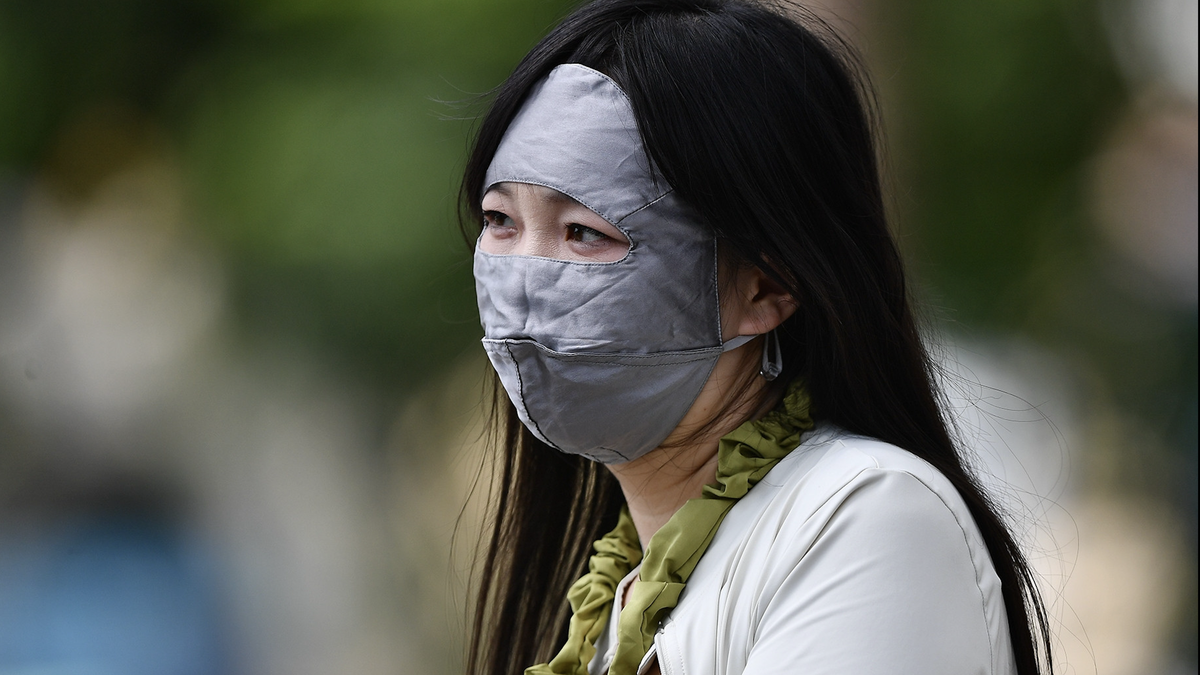
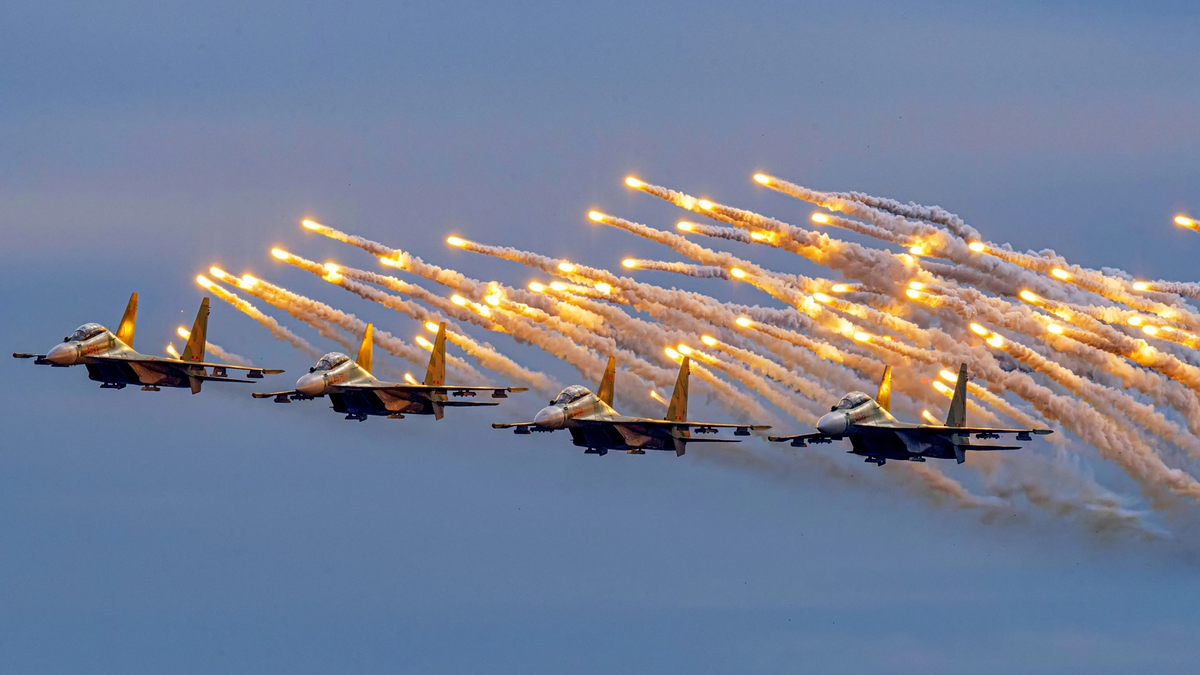






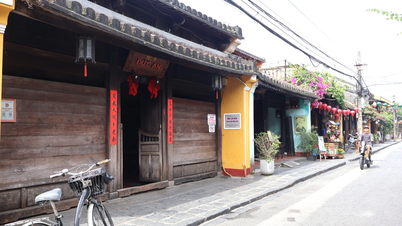



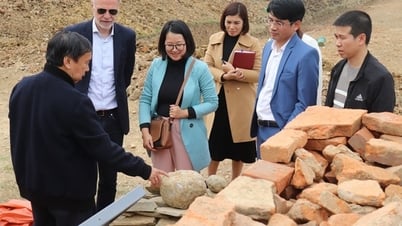

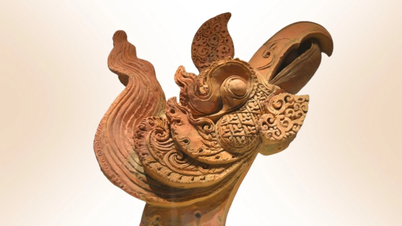















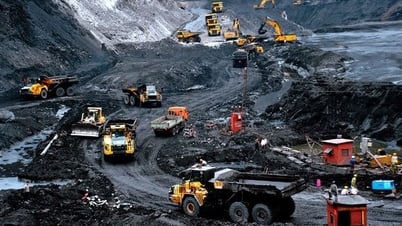










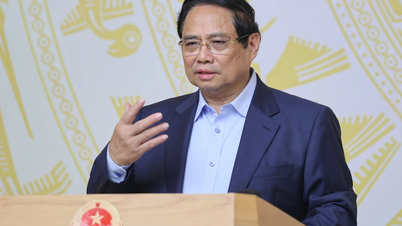




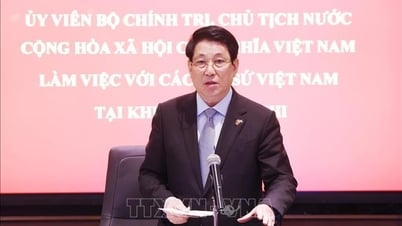

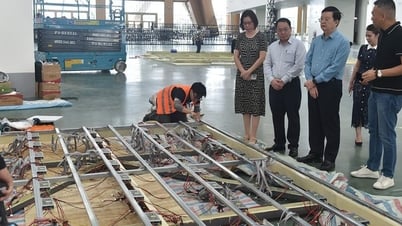























Comment (0)